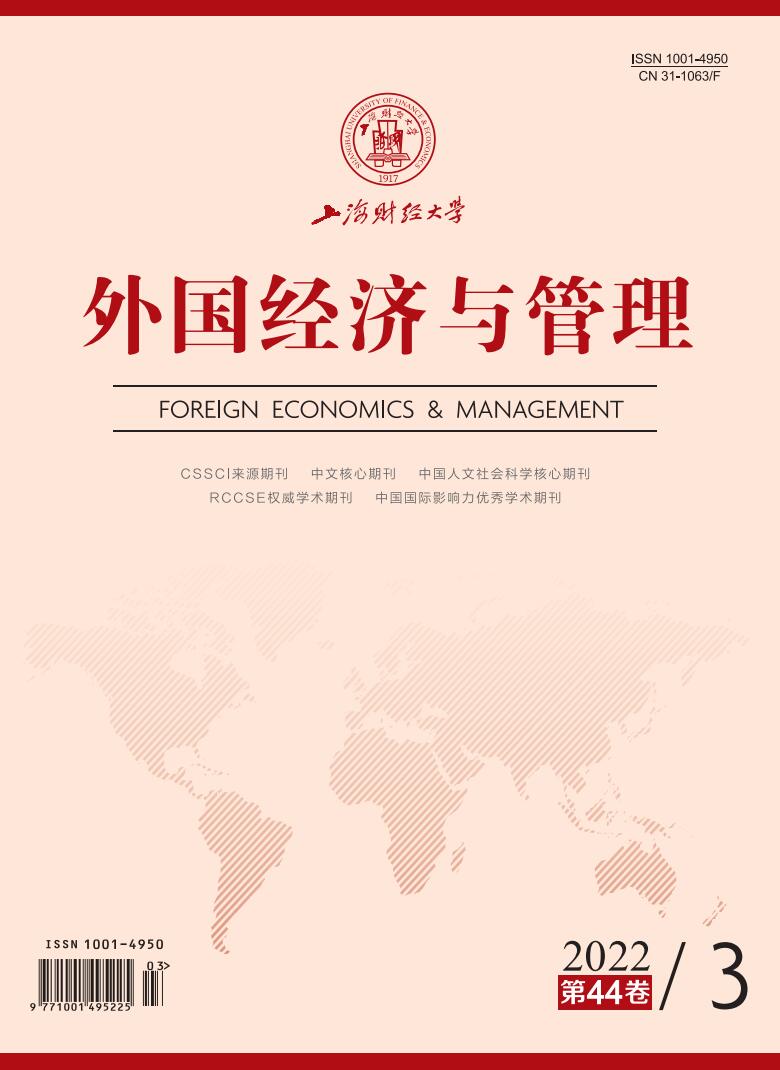Based on the imprinting theory, this paper discusses the relationship between top management teams (TMTs) with industrial experience and business model innovation (BMI). Furthermore, the age dissimilarity between CEOs and other TMT members (CEO-TMT) is introduced as the internal environmental factor, and market competition intensity as the external environmental factor, to explore the theoretical boundary of “TMT-BMI” linkage. Applying the Chinese Panel Study of Entrepreneurial Development (CPSED Ⅱ) database, this paper finally obtains 723 samples in IT sectors from 2013 to 2016, while the hierarchy regression analysis is adopted to generate empirical results.
The main conclusions are as follows: Firstly, TMTs with abundant industrial experience are more likely to conduct BMI. It suggests that cognitive and ability imprinting in industrial experience will affect TMTs to innovate business model. Secondly, when CEO-TMT age dissimilarity is large, the positive effect between TMTs with industrial experience and BMI is suppressed. It means that the CEO-TMT at different ages with different industrial experience is not conductive to reach a consensus on business opportunity identification. Thirdly, when new ventures are located in the competitive environment, the business model novelty brought about by TMTs which are led by younger CEOs is increased. It further explores the mechanism on how TMTs with industrial experience affect BMI in both the internal and external context.
This paper contributes to the existing literature in the following aspects: Firstly, most previous studies focus on BMI intensity to explore the relevant factors, while this paper pays more attention to the novelty-centered business model design, which reveals the scientific laws of business model content attribute formation. Secondly, previous studies put more emphasis on individual factors, while this paper explores how TMTs with industrial experience affect BMI, which contributes to expand the theoretical explanation of what kind of TMT can conduct BMI. Thirdly, previous studies focus on the direct effect on the “TMT-BMI” linkage, while this paper identifies the uniqueness of “TMT-BMI” linkage in the external and internal context, which provides new theoretical perspectives for deepening the research on the “TMT-BMI” linkage.





 11838
11838  6791
6791

